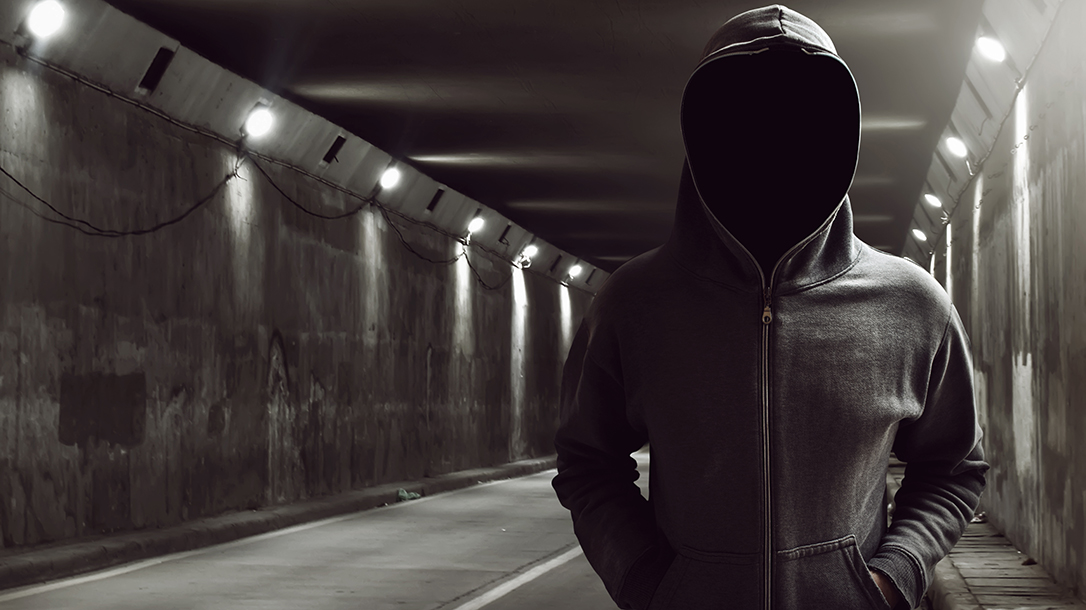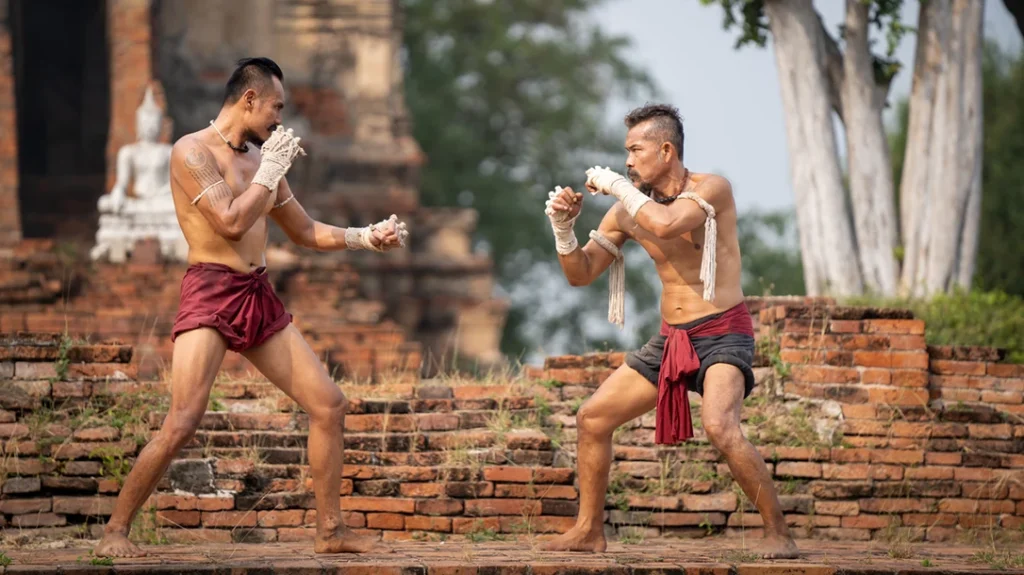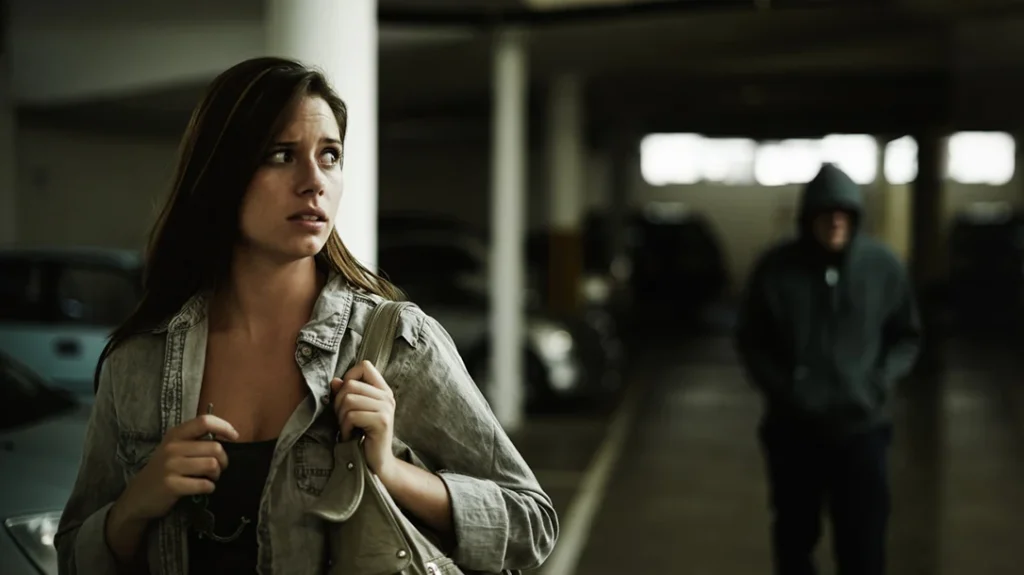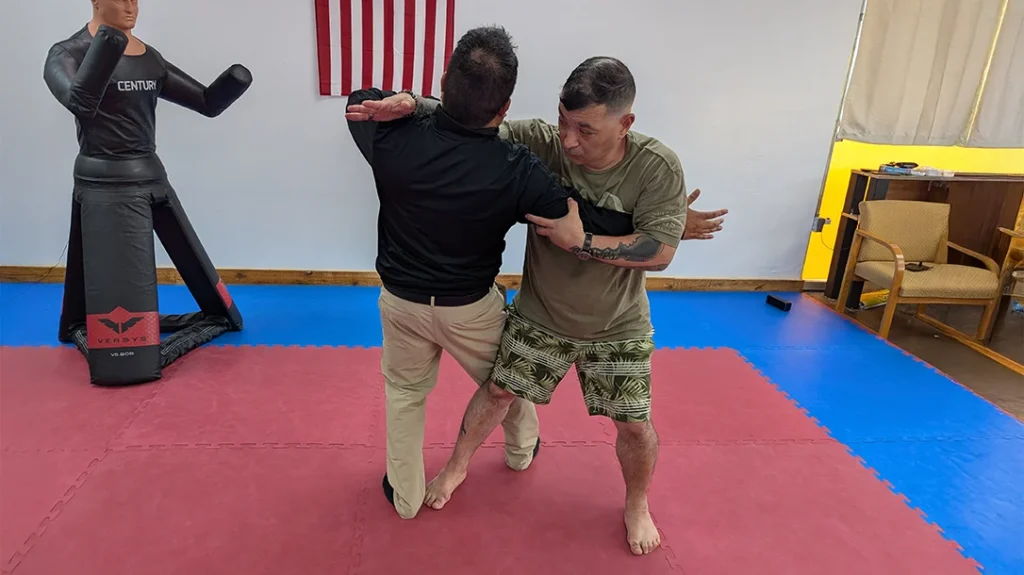Your mundane evening commute is interrupted when your vehicle suddenly shuts off and comes to a rolling stop. You notice the silence, the lack of manmade light and how every vehicle is in the same condition as yours. Then it hits you. There’s been an EMP.
Urban Evasion
You grab your get-home bag and start hoofing it—seven miles shouldn’t be too bad. It’s totally dark now, but you’re making good time. Cutting through a long stretch of a narrow alley, you see a large crowd gathering at your exit.
What now? You try an exit door to one of the buildings, but it’s locked. Immediately, you grab your picks and defeat the lock. After finding refuge inside, you decide to shelter in the safety of the building until morning. As you lay there wide awake, you contemplate what your next move is.
Advertisement — Continue Reading Below
However likely the above events may or may not be, this scenario, although interesting to consider, tends to obscure the practical, day-to-day applications of being a gray man. There is a lot of discussion related to the principles of being “gray”—blending in so well that one can move and act effectively unnoticed in a populated setting—when large-scale catastrophes such as this arise. Most of this is presented in ways that sensationalize the subject. While these situations are definitely possible, practical daily applications ignored.
Gear List
To some, it may be “fun” to think about the secrecy, disguises, tools and super-secret skills surrounding a scenario such as the one described above. However, these things are not typically applied during the course of normal daily life (unless Uncle Sam has you doing it for a living). That said, there are a number of gray man skills and principles that are applicable to both our normal routines and to a catastrophe.
In order to make this a little more digestible, let’s look at these areas in our daily routines:
Advertisement — Continue Reading Below
- Your mindset, or how you interpret and respond to various situations, must have a foundation in situational awareness. You must always be mindful of what is going on around you, so you can analyze and evaluate the information available to you that may precede (and hopefully allow you to anticipate) an event or incident. Always keep an eye on people, clothing, voice tones and inflection, body language, conversation topics and environmental clues. This helps make a list of a few things that may offer you an awareness advantage.
Situational Awareness
As we improve our own situational awareness, we are able to see what stands out around us. This also gives us the ability to recognize and minimize the things we do that may draw the attention of others. If you want to keep a low profile, you have to be aware of what’s considered normal for the environment you are in, including watching your demeanor, your interactions with others, body language, etc.
- The training and specific skills we possess are next on the list. When it comes to training, firearms usually get all the love. I will admit that I am also guilty of this one. Why? Shooting is fun and relaxing, that’s why. However, we also need to think of skillsets such as non-lethal self-defense methods, medical training and knife fighting, among countless others. All of these are extremely important and have their place in certain situations.
Mindset
Less sexy skills such as communication styles, social-engineering techniques, surveillance detection, escaping restraints and being able to de-escalate volatile situations are also equally important. There is no doubt that there could be situations that require deadly force as the immediate and logical response to an incident unfolding around you. However, many deadly-force encounters might be avoided with the proper mindset and skills. Being well rounded gives us options for achieving better outcomes in high-stakes settings.
- Gear considerations come last and should be guided by our mindsets, skills, training and physical capabilities. For many, our on-body gear is built around a defensive carry, which includes things such as a firearm, flashlight, pepper spray, knife and medical gear. All these tools require independent training and integrated training for effective use and to remain unnoticed until absolutely needed. Again, gear selection should always be based on our individual needs and abilities.
The Foundation
The above are the foundation of a well-rounded individual and are also the basis of being an effective gray man. First, we need the proper mindset to recognize when and how to minimize our outward presence. In addition, we also need the skills necessary and the gear to support what we are doing. When working together, these functional considerations allow us to walk in confidence and to enjoy life to its fullest.
Advertisement — Continue Reading Below
Being a gray man isn’t about a life of paranoia, it’s about preparing for whatever life throws at you. A big part of that may be having the ability to blend in to your environment. To navigate a protest or riot or to reduce your likelihood of being a target while on vacation. Remember, always be aware and always be ready.
If you like this article, be sure to checkout our podcast Skillset Live. Get in on the conversation on our social media pages or pick up a back issue at OutdoorGroupStore.com!
























